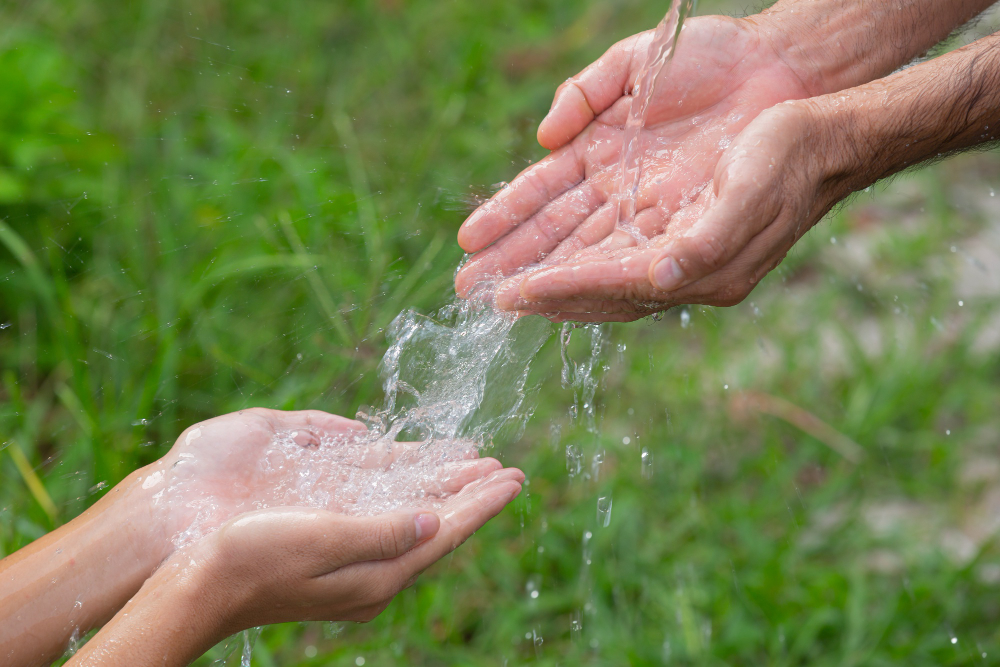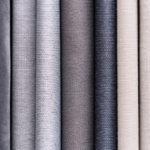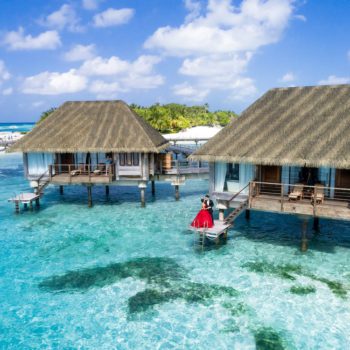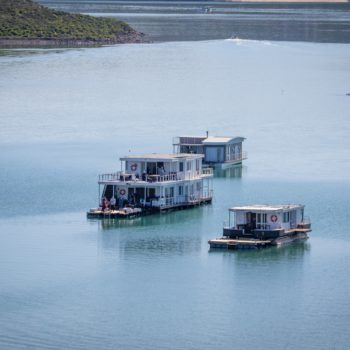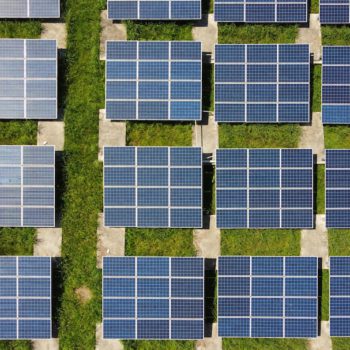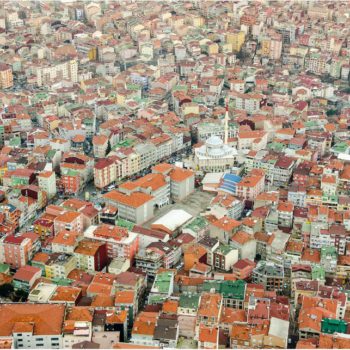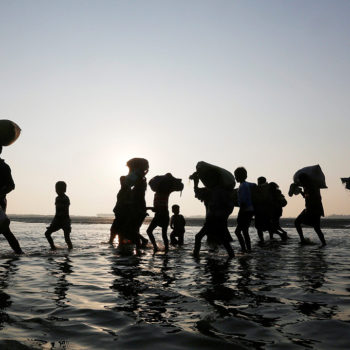|
|
Water, a life-giving necessity, is not always as pristine as we would prefer. The quality of this precious resource can vary significantly, often containing contaminants that pose health risks. As a result, the quest for clean, potable water has become a critical issue globally. This ubiquitous problem demands solutions that are both practical and accessible.
That’s why this article focuses on various methods of water purification. Below, we explore five different techniques that can turn questionable H2O into safe, drinkable water. These methods range from simple boiling to more advanced technologies such as reverse osmosis.
In this comprehensive guide, you’ll find detailed explanations and step-by-step procedures for each method. Moreover, we’ll discuss the advantages and drawbacks of each technique, enabling you to make an informed decision about what suits your specific needs best. Read on to learn how to get cleaner, purer water.
Key Takeaways
- Access to clean water is critical for health, research, and industrial applications.
- Boiling, chemical purification, filtration, distillation, and reverse osmosis are the most common water purification methods.
- Each method has unique strengths and limitations, impacting their effectiveness.
- The choice of purification method depends on individual circumstances, water quality, and resources.
- Combining different water purification methods can enhance their effects.
Why Is It Necessary to Purify Water?
While not everyone needs to purify their water, and, in many parts of the world, people are drinking their water straight from the tap. In fact, 1 in 4 people in the world do not have access to clean drinking water.
Today, almost half of the people drinking water from unprotected sources live in sub-Saharan Africa and some parts of Asia, such as Mongolia, Afghanistan, India, China, and Indonesia. Many live in rural areas where collecting water takes a long time, and there are significant gaps between the richest and the poorest.
In those regions, the need for purifying water often cannot be overstated. With the increasing prevalence of industrial pollutants, harmful microorganisms, and natural contaminants, securing clean drinking water has become a paramount concern.
Consuming unclean water can lead to severe health issues such as cholera, typhoid, and diarrhea, among others. Furthermore, the presence of heavy metals in water sources can cause chronic diseases over time. Purifying water not only mitigates these health risks but also improves the taste and odor of the water.
Additionally, purified water is crucial for various other applications apart from consumption. These include medical procedures, scientific research, and industrial processes which require uncontaminated H2O to ensure safety and accuracy. As such, understanding the different water purification methods becomes an essential skill for survival and progress in the modern world.
Boiling
Boiling is arguably one of the simplest and most accessible methods of water purification. It involves heating water to its boiling point (100°C or 212°F), which effectively kills many types of bacteria, viruses, and parasites that may be present. After bringing the water to a vigorous boil, maintain this state for at least one minute to ensure maximum efficacy.
Despite its simplicity, boiling may not remove other contaminants, such as heavy metals or chemicals that have similar boiling points as water. Additionally, it requires a considerable amount of energy and time, making it less suitable for large-scale use. However, for individual households or emergency situations without access to advanced technology, boiling remains an invaluable method.
Chemical Purification
Chemical purification utilizes substances like iodine or chlorine to kill microorganisms in the water. These chemicals are often available in tablet form and are easy to use — simply dissolve them in the water and wait for a specified period, typically around 30 minutes.
While chemical purification is portable and convenient, it may not be effective against all types of contaminants. In addition, it can leave a residual taste in the water that some may find unpleasant. Despite these drawbacks, chemical purification serves as an excellent backup method when traveling or during emergencies.
Filtration Systems
Filtration systems come in many forms and sizes — from small portable filters to large-scale setups for entire buildings or communities. They function by forcing water through a medium that traps particles and pollutants due to its tiny pore size.
These systems can remove a wide range of contaminants, including sediments, bacteria, protozoa, and even some viruses. However, they may not be as effective against chemicals or heavy metals unless combined with activated carbon within the filter. While initial costs for filtration systems can be high depending on their complexity, they offer long-term sustainability and convenience.
Distillation Process
In distillation, heat is used to convert water into steam which then cools down and condenses back into liquid form in a separate container — leaving behind most solids and contaminants. This process eliminates bacteria, viruses, heavy metals, and most chemicals effectively.
However, distillation does have some limitations. It requires significant energy input and can be time-consuming. Moreover, certain volatile organic compounds with lower boiling points than water may still remain after distillation. Despite these challenges, distillation remains one of the most thorough methods of purification available.
Reverse Osmosis
Reverse osmosis (RO) uses pressure to force water through a semipermeable membrane that filters out impurities down to a molecular level — this includes bacteria, viruses, heavy metals, nitrates, and more.
While RO systems offer comprehensive purification capabilities, they can be expensive to install and maintain. They also produce wastewater during the process, which may raise sustainability concerns. Nevertheless, if budget permits and waste management is addressed appropriately, RO provides one of the highest-quality purified waters you can achieve at home.
Choosing the Right Water Purification Method
Ultimately choosing the right method depends on your specific needs, circumstances, and resources available. You should consider factors such as the quality of your source water, what contaminants are likely to present, your budget as well as your long-term needs before making a decision.
Remember, no single method will completely eliminate all potential hazards but using a combination of methods can increase effectiveness significantly. Prioritize understanding your own situation first before exploring these options, thereby ensuring you get cleaner, healthier water for yourself or your community.
Final Thoughts
Securing clean drinking water is of paramount importance for health, research, and various industries. Methods such as boiling, chemical purification, filtration, distillation, and reverse osmosis each have their strengths and limitations.
Your choice among these should be based on your specific circumstances, including the quality of source water, potential contaminants, and available resources.
While no single method guarantees complete purity, combining techniques can enhance purification. Understanding these methods empowers individuals and communities to improve water quality, promoting health and well-being.
